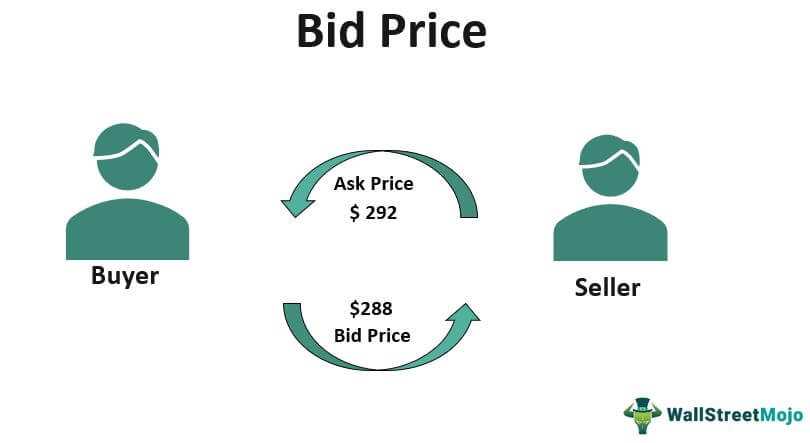How Bid and Ask Prices Are Determined
There are several factors that influence the bid and ask prices. One of the main factors is supply and demand. When there is high demand for a security, the bid price tends to increase as buyers are willing to pay more to acquire it. On the other hand, when there is low demand, the bid price decreases as buyers are less willing to pay a higher price.
Another factor that affects bid and ask prices is market liquidity. If a security has high liquidity, meaning there are many buyers and sellers in the market, the bid and ask prices are likely to be close to each other. This is because there is a greater chance of finding a buyer or seller at a price close to the current market price.
Additionally, market conditions and economic factors can also impact bid and ask prices. For example, if there is positive news about a company, such as strong earnings or a new product launch, the bid price may increase as investors become more optimistic about the company’s future prospects. Conversely, negative news can cause the bid price to decrease.
Example of Bid and Ask Prices in Trading Orders

Imagine you are interested in buying shares of a certain company, and you place a market order to buy 100 shares. The bid and ask prices for the stock are displayed as follows:
| Bid Price | Ask Price |
|---|---|
| $50.00 | $50.10 |
Since you placed a market order to buy 100 shares, your order will be filled at the ask price, which is $50.10. This means that you will buy the shares at the lowest price that a seller is willing to accept.
However, if you had placed a limit order with a specific price, the execution of your order would depend on whether your limit price matches or exceeds the current bid or ask price. If your limit price is higher than the ask price, your order will be executed immediately. On the other hand, if your limit price is lower than the bid price, your order will not be executed until the stock price reaches your specified limit.

Emily Bibb simplifies finance through bestselling books and articles, bridging complex concepts for everyday understanding. Engaging audiences via social media, she shares insights for financial success. Active in seminars and philanthropy, Bibb aims to create a more financially informed society, driven by her passion for empowering others.
